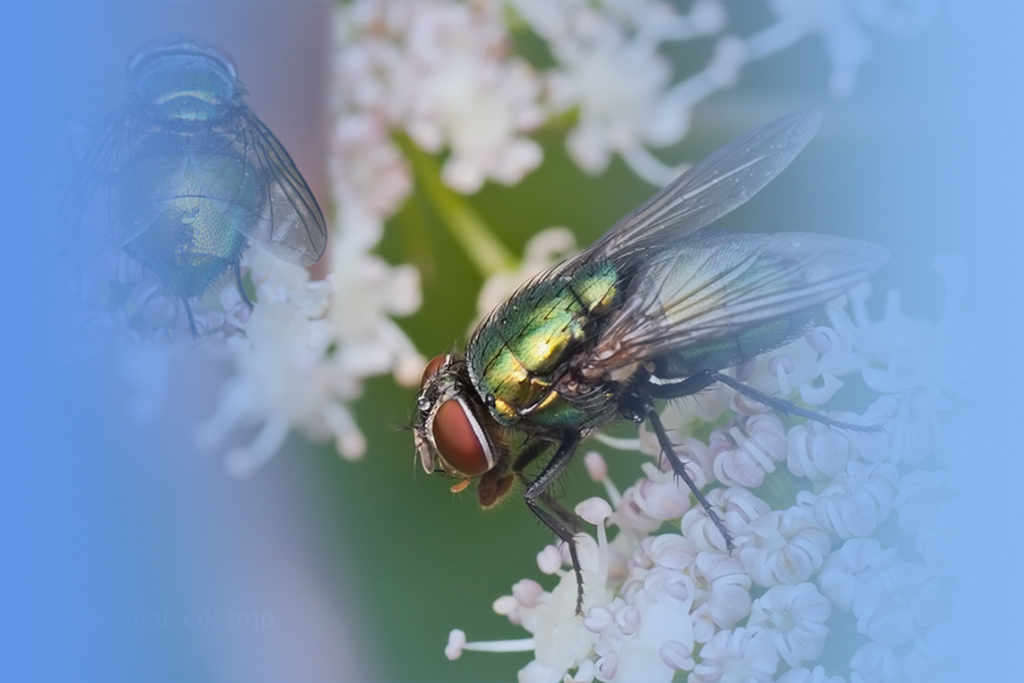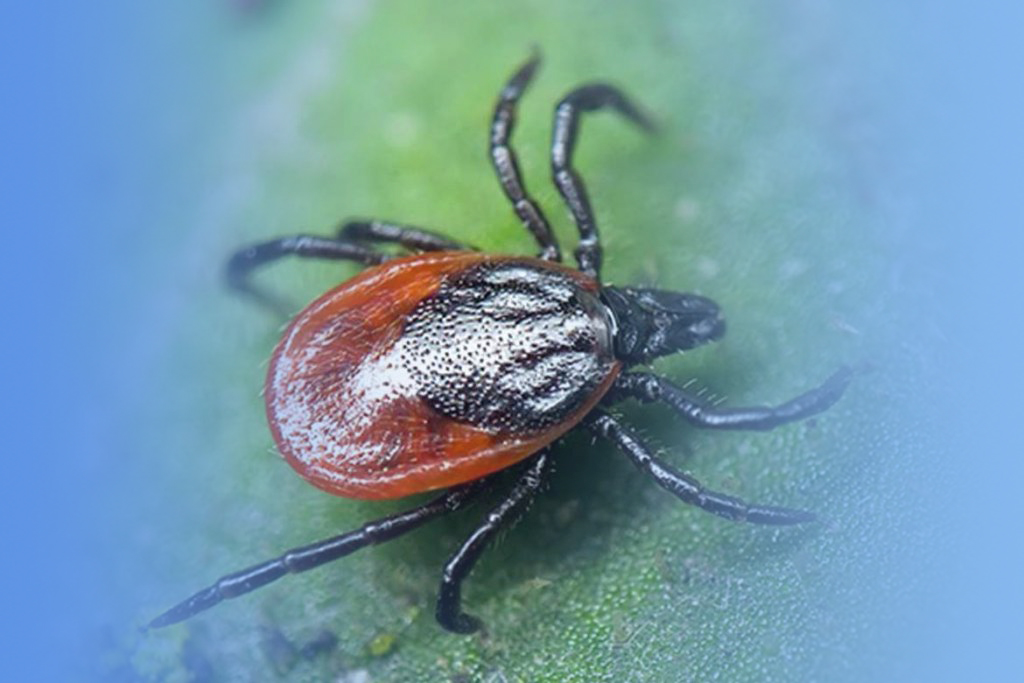HUANG Peng, YANG Zhang-nyu, LIU Yuan, YAO Ping-ping, HU Jian-li, WANG Xiao-chen, YU Jian-jia, LI Jun, HAN Ya-ping, JIN Ke, YANG Long, ZHANG Yun, YUE Ming
Objective To analyze the genetic evolution and epidemiological pattern of Hantavirus (HV) isolated from different hosts, vectors and patients in different time from different regions of southeastern China from 1980 to 2015. Methods The mutation site and frequency in S, M segment hypervariable region of HV isolated from southeastern China,including Jiangsu province, Zhejiang province, Shanghai and Fujian province, from 1980 to 2015 were detected. Combining the information of HV, hosts, vectors, environment and epidemiology, the HV evolution laws in different regions, time, natural reservoir and important vectors were analyzed. Results The HV strains isolated from the hemorrhagic fever with renal syndrome (HFRS) patients in the southeast coastal area were mainly the Hantaan virus (HTNV), which were highly homologous with the 76-118 strain. While the Seoul virus (SEOV) carried by patients exhibited the highest sequence similarity to the Z37 strain. The southeast coastal area is the mixed type of HV-affected area, with apparent endemicity. The HV isolated from the rodents shared the highest identity to SEOV. The HV clades were related to host types and the locations of sample collection. SEOV was carried primarily by Rattus norvegicus, while HTNV was carried primarily by Apodemus agrarius. Conclusion The formation and maintenance of HFRS epidemic areas show a certain regularity.



